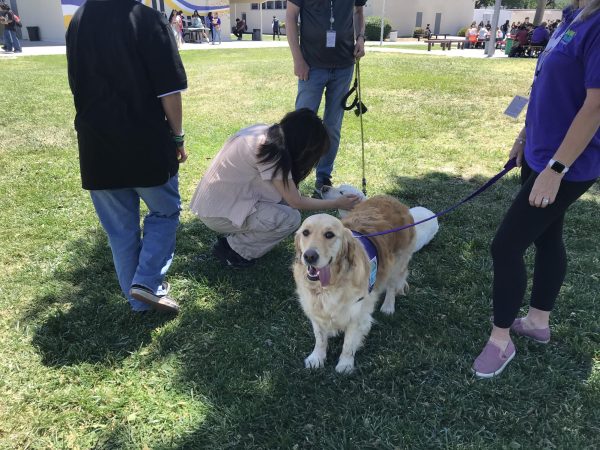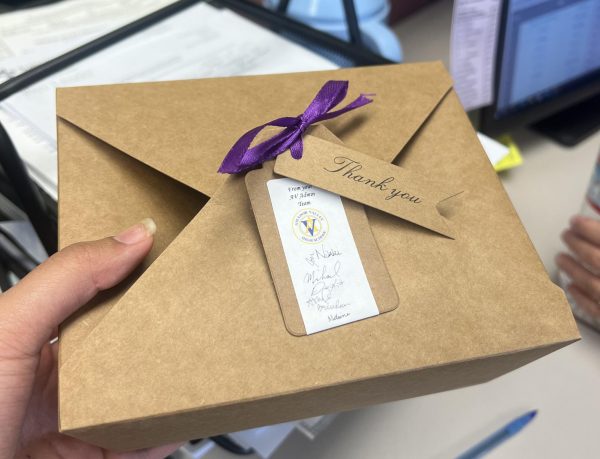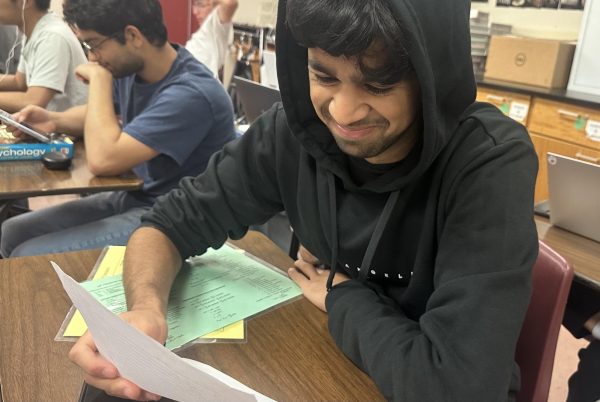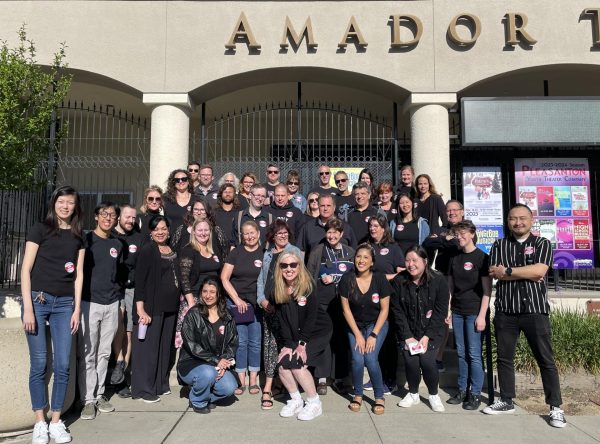Attendance rates plummet by over 10 percent at Amador after winter break
The number of absent students in Mrs. Da Costa’s classroom reached new levels at 27 on Tuesday, Jan 11.
January 18, 2022
Rows of empty seats and desks greeted Amador teachers and students in classrooms with the return to school on January 11. In response to the recent proliferation of the Omicron variant, attendance rates have plummeted, with teachers reporting increased absences within all their classes.
According to PUSD Pandemic Services staff, Amador’s attendance rate dropped from the normal 97 percent to 87 percent in the first week back from break. Testing staff observed almost 300 cars lining up behind Hart Middle School daily for COVID-testing services, up from 80 last year.
“Our demand for testing is the highest it has ever been, and we’re really proud of the Pleasanton community for looking to get tested so they can make sure they’re not exposing others unnecessarily,” said PUSD Pandemic Services Coordinator Kelly French.
Despite Mrs. Cora Da Costa Pareira, a Biology teacher at Amador, hearing about other school districts having lowered attendance due to Omicron, she was still surprised by the number of absences among her classes. The first day back, her absent students totaled twenty-six.
“I’ve actually been keeping track because it fascinates me. I thought that there would be a good number of students out, but a third of the class was a little bit shocking,” said Mrs. Da Costa.
Amador students have also noticed, with growing anxiety, the growing number of absentees in each class. In Melody Yuan (‘23)’s honors pre-calculus course, a combination of students infected by COVID and undergoing schedule changes has left many empty seats.
“I was surprised and was wondering when these people would come back,” said Yuan. “The class just felt really empty.”
As per PUSD rules, students who exhibit possible symptoms or tested positive for COVID must not attend school, and district administrators urge infected students to isolate at home for at least ten days before returning.
“Do NOT send your student to school until their isolation period is over. They will be sent home,” said Principal Butterfield in an email to Amador families. “If your student who is in isolation attends class, other students may need to quarantine as a result. Please respect the isolation protocols that we are required to follow.”
Although PUSD and neighboring counties like San Ramon declare the chances of school shutting down are low, Omicron may force the hands of schools to shift back to remote-learning as they have in San Francisco, the UCs, and Oakland.
“My friend at UCSD had to start the year with remote learning, as they shut down in person schooling already,” said Mike Liu (‘25). “There’s a lot of people absent. Nearly a sixth of the people in my global studies class were gone this whole week.”
Teachers have adapted to the changing and unpredictable situation by moving teaching materials online through platforms like Google Classroom, which gives absentees accessibility to learning resources. Most of the staff hope to avoid full-on remote teaching and learning.
“My concern is that the [number of absentees] has increased the stress levels and anxiety among students … [in the future] we are going to have a large number of teachers out, and that will be more disruptive to student learning,” said honors pre-calculus teacher Matthew Kelly.
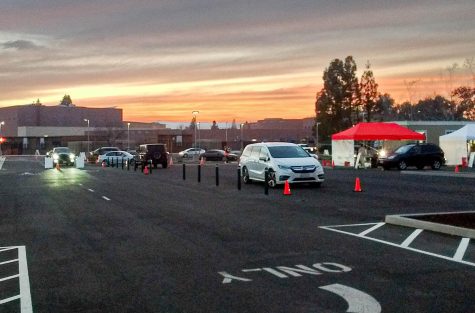
Scientists predict that the new wave will peak in mid January and lower infected cases by the end of February and winter, adding increased natural and vaccinated immunity. To keep students and staff healthy, Pleasanton school district officials have added more measures like serial testing and mask mandates.
“I would like to say that Pleasanton schools are absolutely safe. Safer mask policies and frequent testing means that we have control of the situation, and there’s no reason to feel scared,” said Hannah Mestel, Pandemic Services staff.

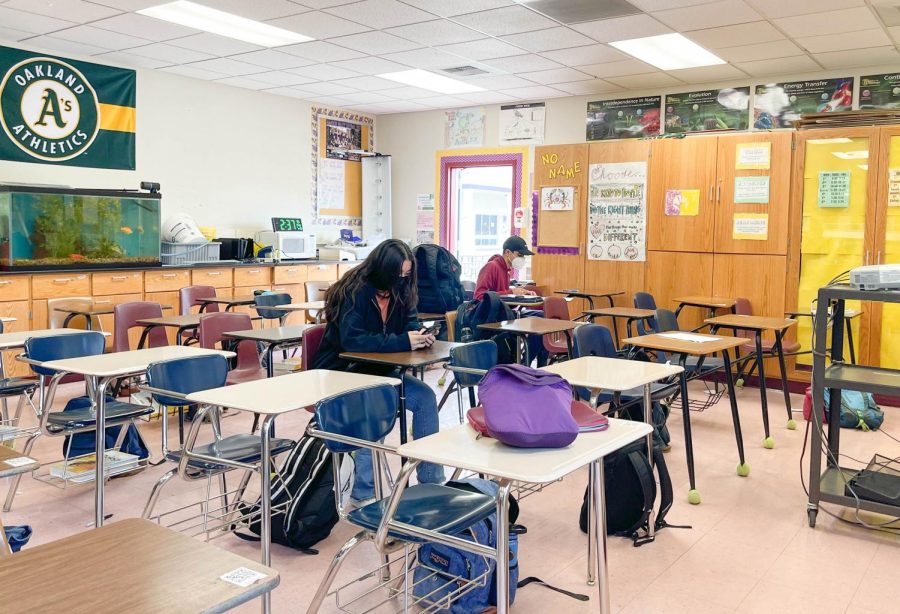
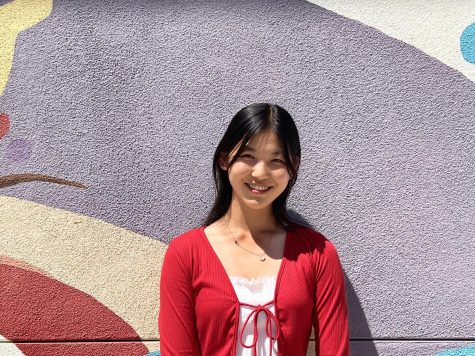
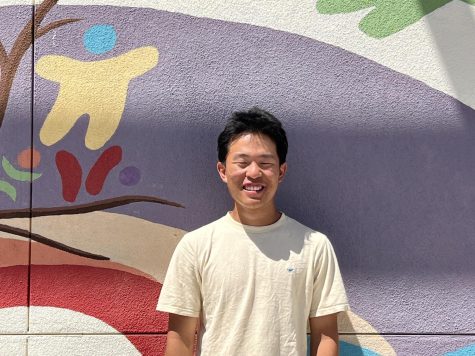
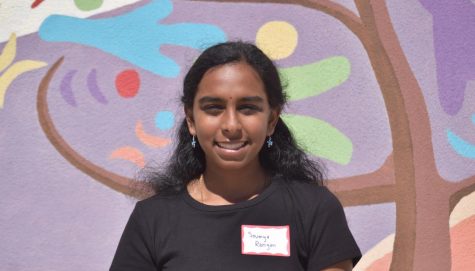

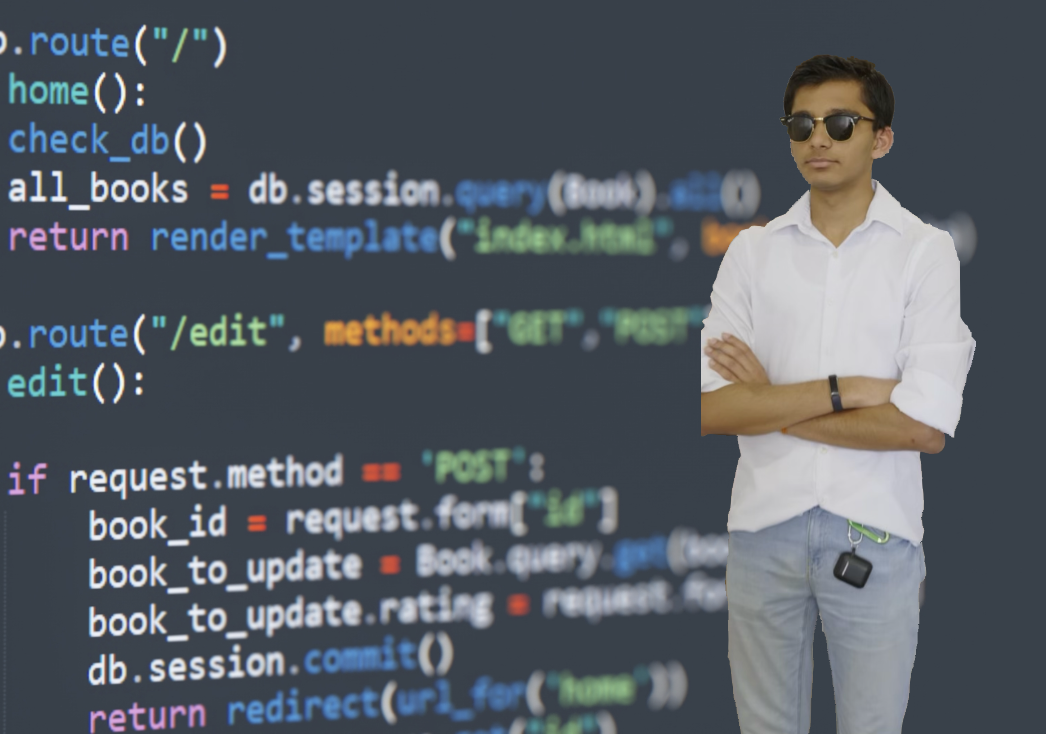

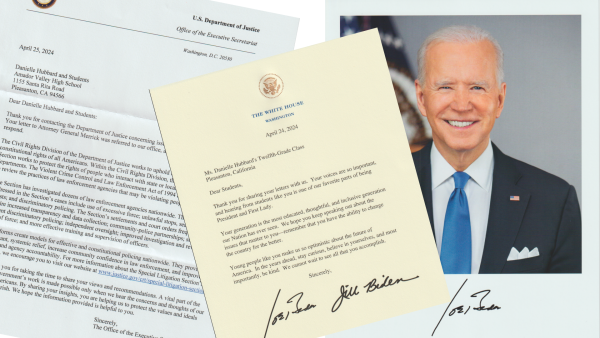
![The outgoing EICs [left to right] Zenil Koovejee, Aileen Hu, Ritika Gupta, Zaynah Shah, and Audrey Combs take a picture with journalism advisor Wendy Connelly to commemorate their last banquet.](https://www.amadorvalleytoday.org/wp-content/uploads/2024/05/458E2D9A--600x451.jpg)
